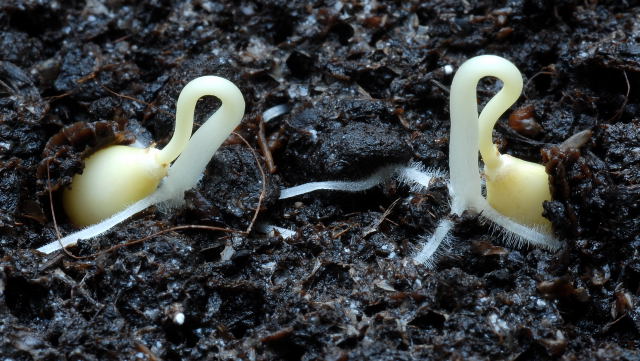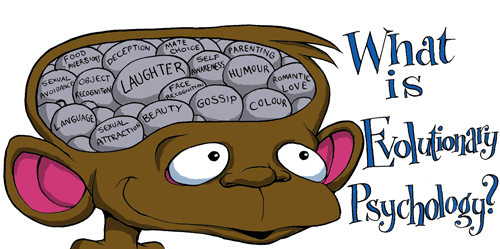 Today I chatted with two of my younger sister’s
children. They are both in their thirties and both have children of their own. I
can see something of the parent in the offspring at the various levels.
Today I chatted with two of my younger sister’s
children. They are both in their thirties and both have children of their own. I
can see something of the parent in the offspring at the various levels.
I share parents and ancestors with my
sisters. I was reminded of this by the book that arrived in the post this
morning - Thich Nhat Hahn (2010) “Reconciliation – healing the inner child”.
Quirks of parenting reproduce themselves through the ancestral lines.
My elder sister has been working on the
family tree. The bare bones of the female line in the last 154 eventful years are:
Kenneth Fraser Miller (1859 – 1920) – 61
years – Farmer, Inn Keeper
Married: 26 jul 1888
Margaret Jane Miller (nee Williamson) (1860
– 1926) – 66 years – Inn Keeper
Five children:
Margaret Lesley Gordon (nee Miller)
(1889 - 1946) – 57years – shop keeper and hotelier
Married: 13 sep 1911
R Douglas Gordon - grocer
Four children:
Margaret Lesley Clark (nee Gordon) (1915
– 2002) – 87 years – bus conductress, Nurse
Married: 21 nov 1942
George (Dod) Clark (1913 – 1994) 81
years
Three children:
Margaret Lesley Cottee (nee Clark) (1947 –
xxxx)
George Gordon Clark (1949 – xxxx)
Isobel Anne Gauld (nee Clark) (1951 xxxx)
George Gordon Clark (1949 – xxxx)
Isobel Anne Gauld (nee Clark) (1951 xxxx)
 | |
| Ancestral home |
How did Kenneth and Margaret get on running
an Inn after having moved around farming? Were they progressive entrepreneurs?
How well did they cope with having children in an Inn? Did they carry baggage
from their own experience of parenting? Three of the offspring spent time in Malaya
and China. The youngest in the family died as a POW.
Not much is known about R Douglas Gordon. Margaret
Lesley was already pregnant when they married. After the fourth child he ‘disappeared’
leaving my granny to support her four children by herself. She ran a Temperance
Hotel. The two sons graduated from Aberdeen University and moved south to work.
My mother believed in temperance. She was a
bus conductress until she became a housewife and mother. She was pregnant when she got married and her first born son was stillborn. When my Dad’s butcher’s business faced problems in Buckie my
mother became an auxiliary nurse in the hospital back in Portsoy where she mostly
worked nights. In 1961 the family moved to Portsoy except for my elder sister
who stayed in Buckie with Dad’s sisters. Dad eventually became a ward orderly
in the hospital.
AHA – I feel embarrassed to share ideas
about my ‘wounded child’ - especially on a public blog. It seems to dis-respect
the ancestors - and that is taboo. If you cannot say something nice don’t say
anything (?). Feelings might change after reading Thay.








